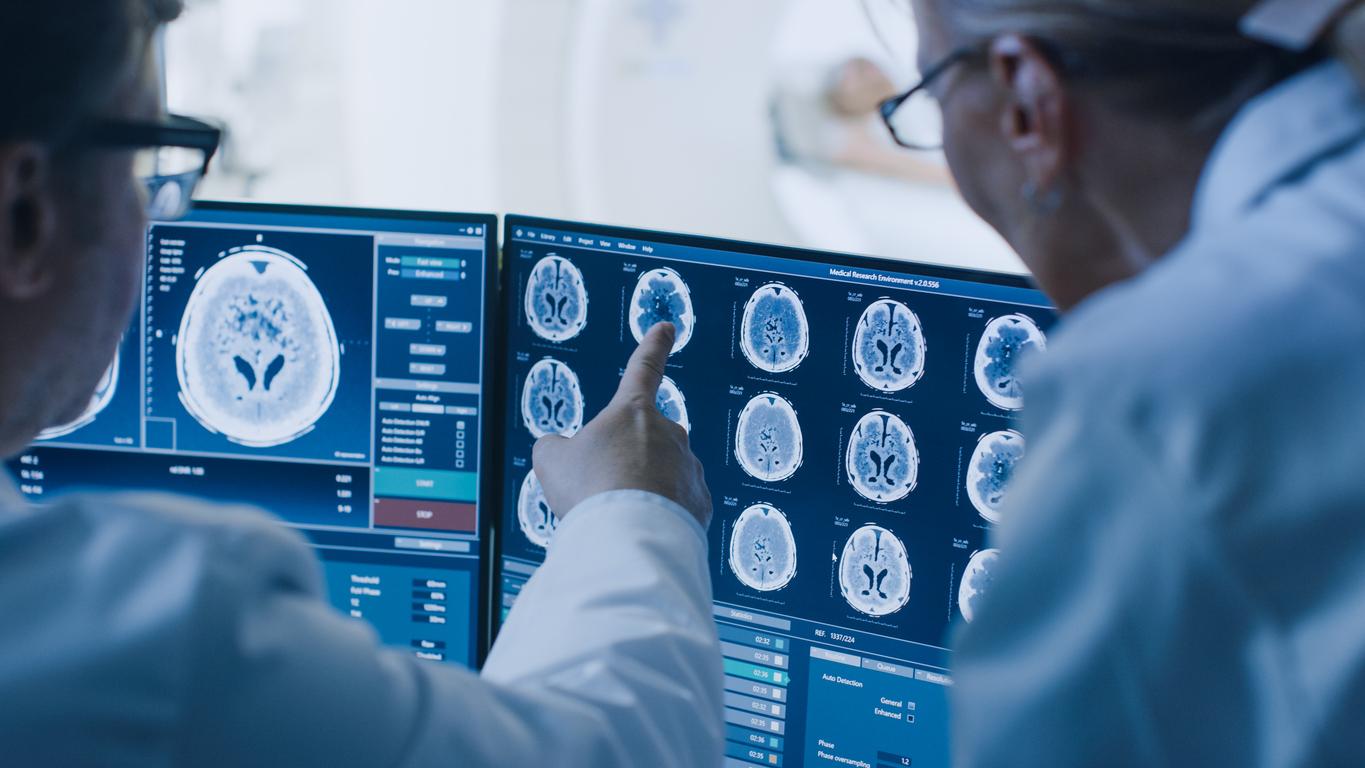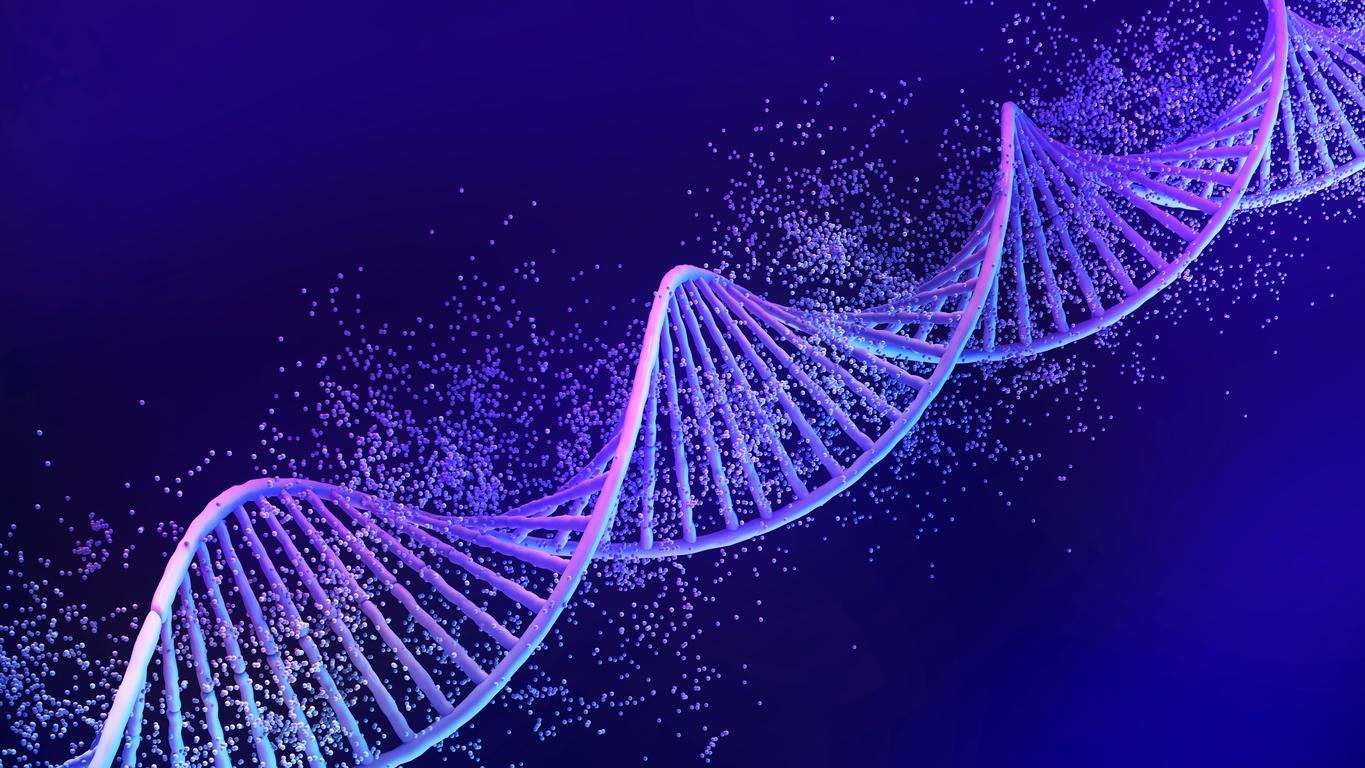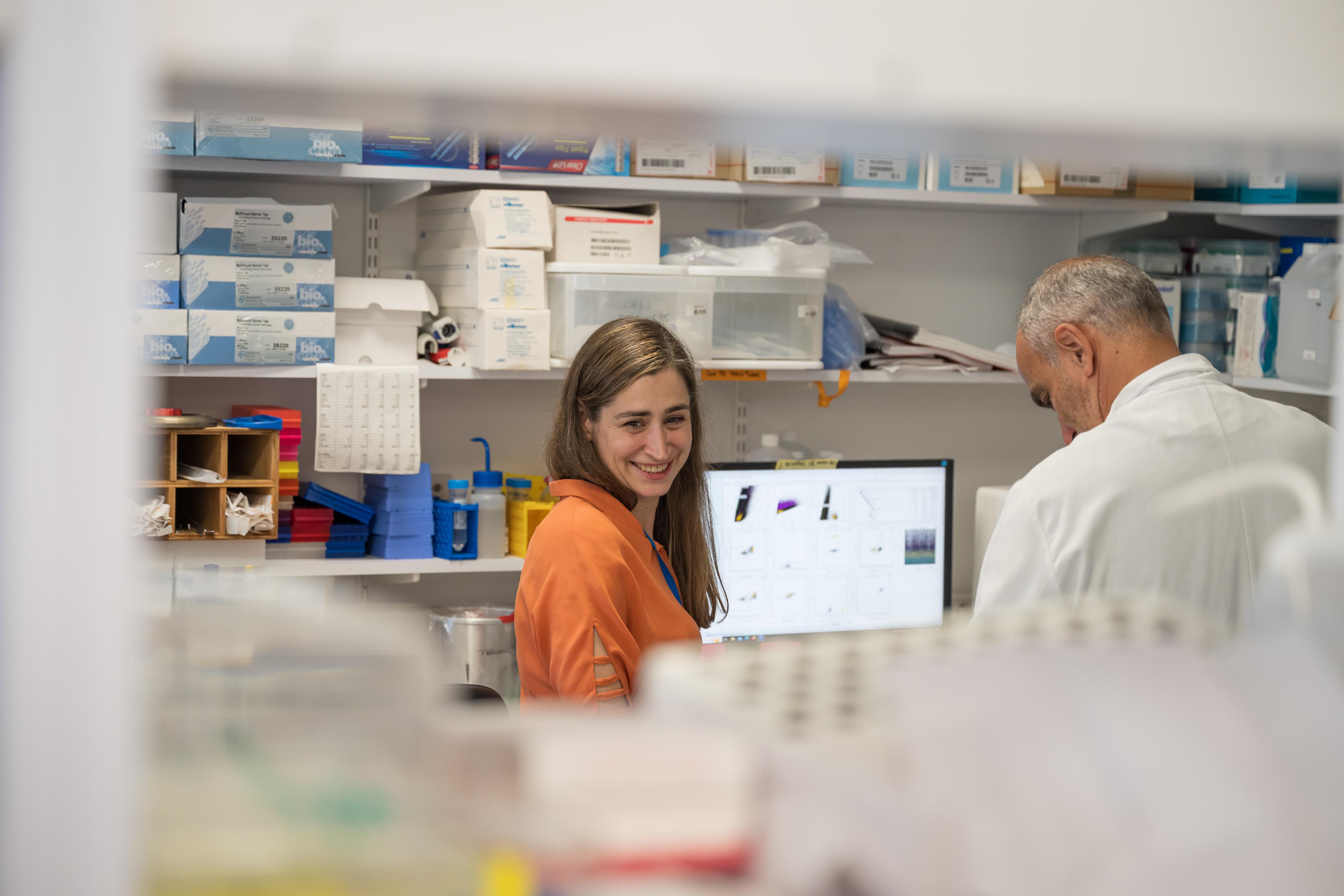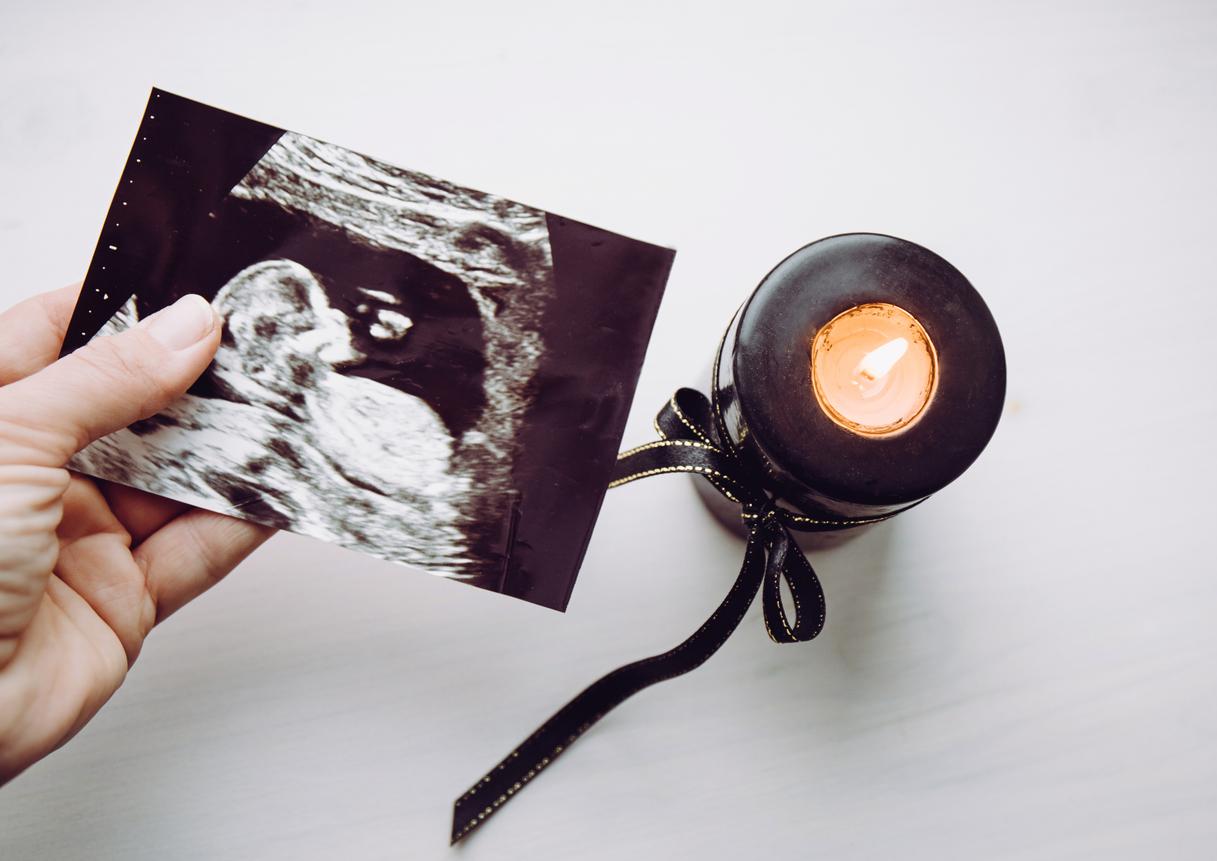A team of Chinese and American researchers has succeeded in injecting human stem cells into primate embryos and causing them to develop for up to twenty days.

- The Chinese-American team succeeded in creating 132 chimeric embryos from human stem cells injected into monkey embryos and growing them for up to 19 days.
- If this work has important biomedical implications with, in the long term, the possibility for example of generating transplantable organs, it also raises important ethical questions.
This is the kind of experiment that raises many ethical questions but offers hope for major scientific and biomedical progress. For the first time, a Chinese-American team and a French team have created chimeric human-monkey embryos. This is the first cross-species chimera successfully growing over such a long period. Human stem cells were injected into primate embryos and grown in the lab for up to nineteen days for the Chinese-American team. The details of the work have just been published in the scientific journal Cell.
132 developing embryos
As part of this study, the researchers created monkey embryos, which they injected with 25 human cells six days after their creation. The injected cells, called extended pluripotent stem cells, have the potential to contribute to embryonic and extra-embryonic tissues.
After one day, human cells were detected in 132 embryos. After 10 days, 103 of the chimeric embryos were still developing. Survival quickly began to decline, and by day 19 only three chimeras were still alive. However, the percentage of human cells in the embryos remained high throughout their growth.
“Historically, the generation of human-animal chimeras has suffered from the low efficiency and integration of human cells into the host species, explains Juan Carlos Izpisua Belmonte, professor at the Gene Expression Laboratory of the Salk Institute for Biological Sciences and lead author. Generating a chimera between a human and a non-human primate, a species closer to humans on the evolutionary timeline than any species previously used, will allow us to better understand whether there are evolutionary obstacles to the generation of chimeras and whether there are ways to overcome them.”
Multiple biomedical implications… but an ethical questioning
The researchers then performed transcriptome analysis on human and monkey cells from the embryos. Objective: to identify the communication pathways between inter-species cells. “Understanding which pathways are involved in chimeric cell communication will eventually allow us to enhance this communication and increase the efficiency of chimerism in a host species evolutionarily further removed from humans.”
The next important step will be to further assess all of the molecular pathways that are involved in this interspecies communication, with the immediate goal of finding which pathways are vital to the developmental process.
In the longer term, the researchers hope to be able to study early human development and model diseases, but also develop new methods for drug screening, as well as for generating transplantable cells, tissues or organs.
The study authors also discuss potential ethical considerations surrounding the generation of ape and human chimeras. “It is our responsibility as scientists to conduct our research thoughtfully, following all applicable ethical, legal and social guidelines”says Professor Izpisua Belmonte, adding that before starting this work, “Consultations and ethical reviews were carried out both at the institutional level and through contact with unaffiliated bioethicists. This thorough and detailed process helped guide our experiments.”
.















